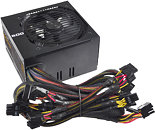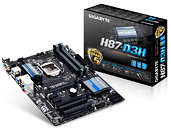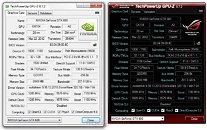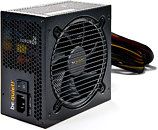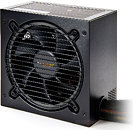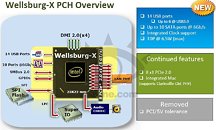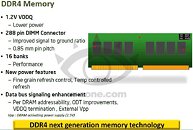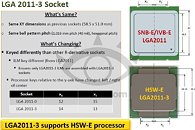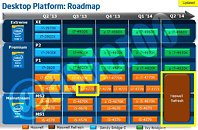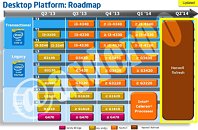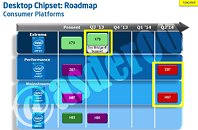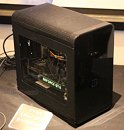
Intel Aims to "Re-Architect" Datacenters to Meet Demand for New Services
As the massive growth of information technology services places increasing demand on the datacenter, Intel Corporation today outlined its strategy to re-architect the underlying infrastructure, allowing companies and end-users to benefit from an increasingly services-oriented, mobile world. The company also announced additional details about its next-generation Intel Atom processor C2000 product family (codenamed "Avoton" and "Rangeley"), as well as outlined its roadmap of next-generation 14nm products for 2014 and beyond. This robust pipeline of current and future products and technologies will allow Intel to expand into new segments of the datacenter that look to transition from proprietary designs to more open, standards-based compute models.
"Datacenters are entering a new era of rapid service delivery," said Diane Bryant, senior vice president and general manager of the Datacenter and Connected Systems Group at Intel. "Across network, storage and servers we continue to see significant opportunities for growth. In many cases, it requires a new approach to deliver the scale and efficiency required, and today we are unveiling the near and long-term actions to enable this transformation."
"Datacenters are entering a new era of rapid service delivery," said Diane Bryant, senior vice president and general manager of the Datacenter and Connected Systems Group at Intel. "Across network, storage and servers we continue to see significant opportunities for growth. In many cases, it requires a new approach to deliver the scale and efficiency required, and today we are unveiling the near and long-term actions to enable this transformation."






